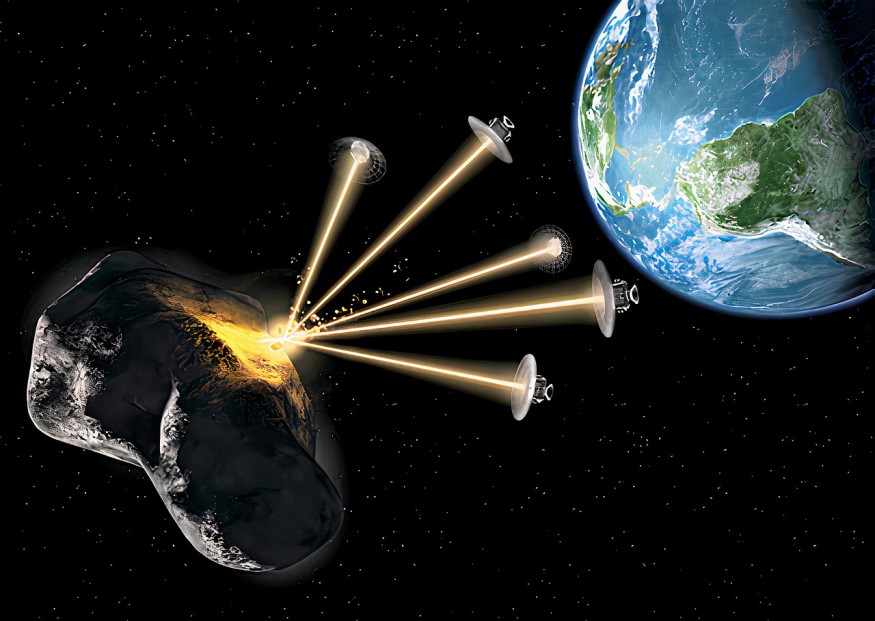In July, a 30-60-meter asteroid passed close to Earth without posing a threat, but its late detection highlights asteroid detection challenges. While it wasn't an extinction-level threat, asteroids of this size could still endanger many lives.
A recent study, titled "Asteroid 2023 NT1: A Cautionary Tale" published in the preprint server arXiv, explores countering such asteroids using the "Pulverize It" method with a short warning. The question is whether we could launch a counter-offensive in time to fragment the asteroid into harmless pieces.

The Challenge of Asteroid Deflection
In 1908, a massive asteroid detonated above a sparsely populated region in Siberia, leveling approximately 770 square miles of forest. If such an event had occurred over a major city, the loss of countless lives would have been inevitable.
This incident, known as the Tunguska event, is the most substantial asteroid impact event recorded in history, raising concerns about the likelihood of future threats from equally large or even more substantial asteroids.
To avert potential devastation, NASA and other space agencies actively monitor the millions of asteroids within our solar system, keeping a vigilant watch for any that may pose a danger to Earth. They are also researching methods to prevent hazardous asteroid impacts.
Currently, the leading approach involves altering the trajectory of an incoming asteroid by colliding with it using another object, preferably with substantial lead time, ideally spanning decades.
However, if an impending impact is imminent, nuclear weapons might serve as a viable alternative to stop asteroids somewhat larger than the Tunguska asteroid, which had a diameter of approximately 200 feet. Nevertheless, even this method may prove insufficient for the most perilous celestial bodies.
Pulverize It (PI) Method To Counter Asteroids That Might Hit Earth
The study focuses on the potential application of the Pulverize It (PI) method to counter an asteroid resembling the aforementioned 2023 NT1. This approach may seem reminiscent of a thrilling movie plot, where the heroes hastily obliterate the approaching asteroid, often a last-resort option given the limited warning time. Generally, established asteroid deflection strategies necessitate an extended lead time to be effective.
The core issue revolves around whether it is feasible to initiate a counter-offensive promptly and whether such a mission could effectively disintegrate the asteroid into smaller, harmless fragments. Surprisingly, the answer to both queries appears to be affirmative. With the current state of launch technology, it is plausible to deploy a defense rocket within a mere day.
The proposed strategy for asteroid pulverization entails utilizing a combination of kinetic and explosive impactors. The rocket would disperse a cloud of impactors at a high relative velocity compared to the asteroid, leading to the disintegration of the body into fragments, each measuring no more than 10 meters across.
Hypervelocity simulations, accounting for typical density and composition, suggest this approach as an effective means to neutralize the asteroid. Even if the fragmentation occurred only hours before potential Earth impact, the resulting debris cloud would pose a relatively limited risk to our planet.
Nevertheless, it is important to emphasize that this proposal remains in the realm of a theoretical proof of concept. Currently, there are no rockets prepared for deployment, nor is there an established impactor system for such a mission. Consequently, if we were to detect an imminent asteroid tomorrow, we would lack the means to counter it.
While the capacity to construct a planetary defense rocket exists, the ultimate question lies in whether there is the collective will to develop the necessary technology and infrastructure for such a crucial endeavor.
RELATED ARTICLE: Nuclear Detonations to Deflect Asteroids: Is It Possible?
Check out more news and information on Asteroids in Science Times.












